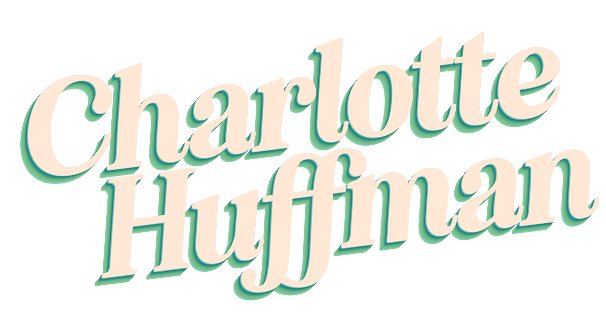Why I Want the People I Train to Fail.
When I first started running professional development for adults, I thought I could just bring everything I’d learned as a teacher into a new setting. I had years of experience building real connections with young people and creating reflective, engaging classrooms. So it felt natural to carry those same strategies into my work with adults.
But…It didn’t work.
The sessions were full of meaningful conversation and community-building, but something was off. People enjoyed them, but they weren’t leaving with skills they could actually use. The learning just wasn’t sticking. It took a few hard pivots—and more than a few flops—before I did some research and realized what needed to change: I had to stop designing for comfort, and start designing for failure.
Why Getting It Wrong is Good for You
A study by Moser et al. (2011) found that your brain is more active when you make a mistake and reflect on it than when you get something right. Mistakes force our brains to pay attention, reorganize, and approach problems differently. When you get something right on the first try, your brain moves on. When you get something wrong and try again, you are actively learning.
Learning isn’t about getting the right answer. It’s about navigating the messy middle—where things go wrong and you figure out why.
Scenario-Based Learning: A Safe Place to Fail
Scenario-based learning (whether delivered in person or online) puts learners in realistic, relevant situations where they make decisions similar to those in their real jobs. The beauty of this method is that it gives them a chance to practice without the real-world consequences.
Say you’re training a new manager. Instead of sharing a list of “best practices” for giving feedback, a scenario-based training might drop them into a conversation with a frustrated employee. They make a choice and watch the consequences play out. If it goes poorly, they can try again—now with more insight. (You can try my session on Manager Feedback [here].)
This approach isn’t about having the “right answer.” It’s about practicing the kinds of decisions that come up in real life, making mistakes, and learning from the potential outcomes. Wrong choices don’t set learners back, they move them forward.
Avoiding Information Overload
Too many trainings are just slides stuffed with facts, followed by a quiz to test what you remember. These sessions may check a box, but they don’t support real learning. Learners walk away with short-term knowledge, but no meaningful way to apply it.
As Cathy Moore, author of Map It, writes:
“The how-to info is presented immediately before the scenario, making the scenario a simple check of short-term memory.”
She argues that we should flip the script: let learners wrestle with realistic situations first, then access information as needed. This active approach helps them build context, apply critical thinking, and retain what they’ve learned. When learners engage in decision-making and struggle through challenges, they’re more likely to remember the content and use it later.
The Real Learning Happens in the Struggle
When we combine productive failure with scenario-based learning, we give learners the chance to grapple with the kinds of challenges they’ll actually face. They’re not just taking in information—they’re applying it, testing strategies, and learning as much from what doesn’t work as what does.
This kind of learning is messy, uncertain, and uncomfortable, and that’s where the magic happens.
It’s also where trust is built. When failure is part of the design, learners show up differently. They stop fearing mistakes and start seeing them as part of the process. They take more risks, stay open to feedback, and apply what they’ve learned with greater confidence.
Designing for Failure
To truly build skills, we need to create spaces where failure isn’t just accepted—it’s expected. When I design e-learning and professional development using scenario-based experiences that embrace missteps, I’m helping learners struggle productively before the stakes are high in real life.
Failure isn’t the opposite of learning. It is the learning.
If you’re designing learning experiences for adults, no matter the format, prioritize practice over perfection. Let learners try things before they’re ready. Give them space to fail, reflect, and improve. That’s where real growth happens.



